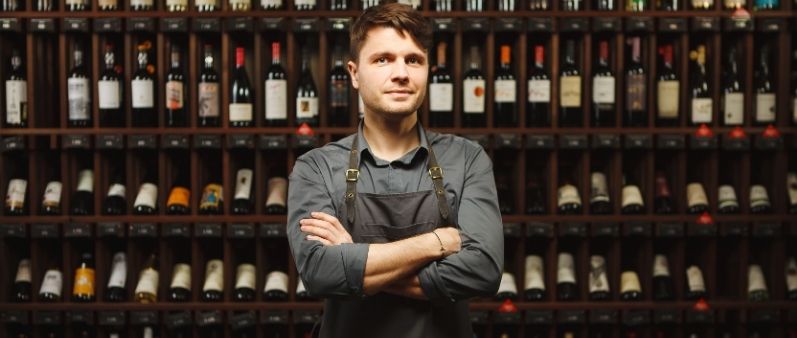
A Tour of France Through French Wines
Imagine France. What do you picture?
If you’re thinking of cosmopolitan Parisian streets, full of culture, historic buildings, and well-dressed people that could have walked out of a scene from Emily in Paris, you’re not wrong.
But get outside the capital city and you’ll find the country is full of cozy cottages and majestic chateau overlooking stunning vineyards. And for the wine lover, it’s this version of the country that is especially enticing.
The French produce about 17% of the world’s wine, beaten only by Italy. And they boast over 27,000 wineries—more than enough to keep even the most enthusiastic wine fan busy.
But France thinks about wine somewhat differently than other countries—and that can throw off the casual wine aficionado.
The biggest difference is that the French put a much greater emphasis on the region in which a wine was produced, rather than the grape varietal. The region is so important that the government actually inspects label names to guarantee that they use the appropriate designation.
The emphasis on region, rather than the type of grape, means that to get the most out of French wine, you need to learn a bit of vocabulary and a bit about the wine-growing regions of France. It can be a bit complex, but with enough practice and exposure, it’ll sink in.
So pour yourself a glass and grab a notebook. Here’s everything you need to know about French wine to impress your friends on your next voyage through la République.
Essential French Wine Vocabulary
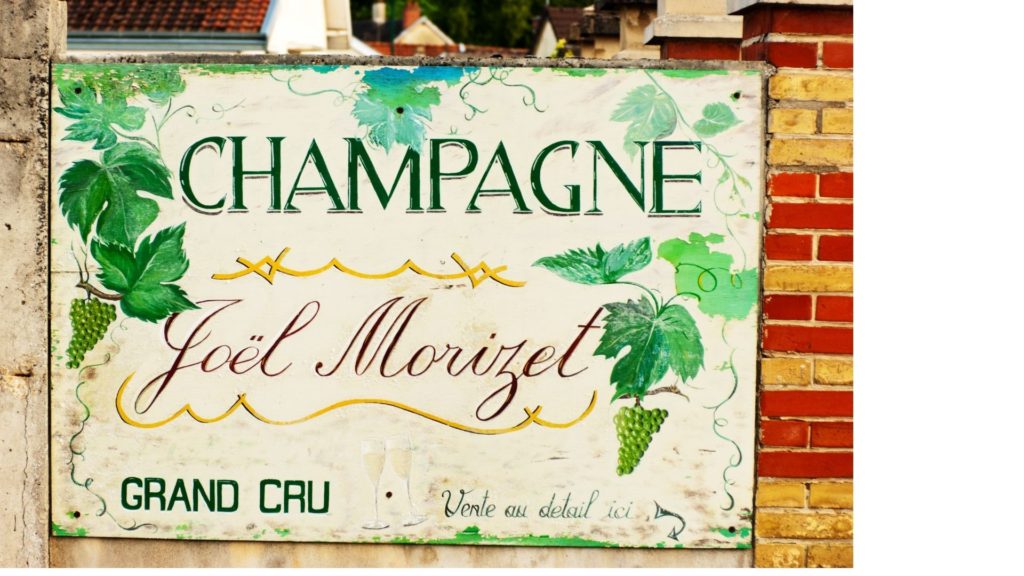
Let’s start with the most important part: French wine vocab. You’ll see these words decorating the label of virtually all bottles of wine, so it’s important to understand what they mean.
Appellation d’Origine Contrôlée (AOC).
“Controlled Designation of origin”. This is an official designation that a wine is given to tell the consumer where the wine is from. It’s actually used for a number of agricultural products, like cheeses, types of butter, and more. Because wines from any given region are produced in much the same way, the AOC also indicates its quality to some extent.
Cru
Technically, cru means “growth”, but it more accurately refers to a particularly high-quality growing site or vineyard. For the wine taster, you can simply understand it to mean that the wine is recognized as having a high quality.
Premier Cru
Literally translating to “first growth”, this term refers to a quality higher than simply Cru.
Grand Cru
This is a regional classification that recognizes vineyards with superior reputations. It is the highest level of the AOC in some regions, such as Alsace and Burgundy. In some other regions, you may also see Supérieur (“Superior”) added on to indicate even higher quality.
Terroir
The best translation of terroir in English is simply “land”. But in wine, it more accurately refers to all of the environmental conditions that have an effect on grape growth, including soil, climate, altitude, and so on. It is the basis for the AOC system in that the AOC attempts to classify wines by the terroir they come from—rather than the grape variety.
For vocabulary and phrases for ordering wine, check out our post on how to order wine in France.
Major Wine Regions of France
Now that you’re armed with the most important French wine vocabulary, let’s take you on a tour of the major wine regions in France.
You might have already heard about some of the most famous regions, like Bordeaux, Burgundy, and Champagne. But good wines are produced all over France and there’s plenty of options in other regions that you should check out if you get the chance.
Bordeaux
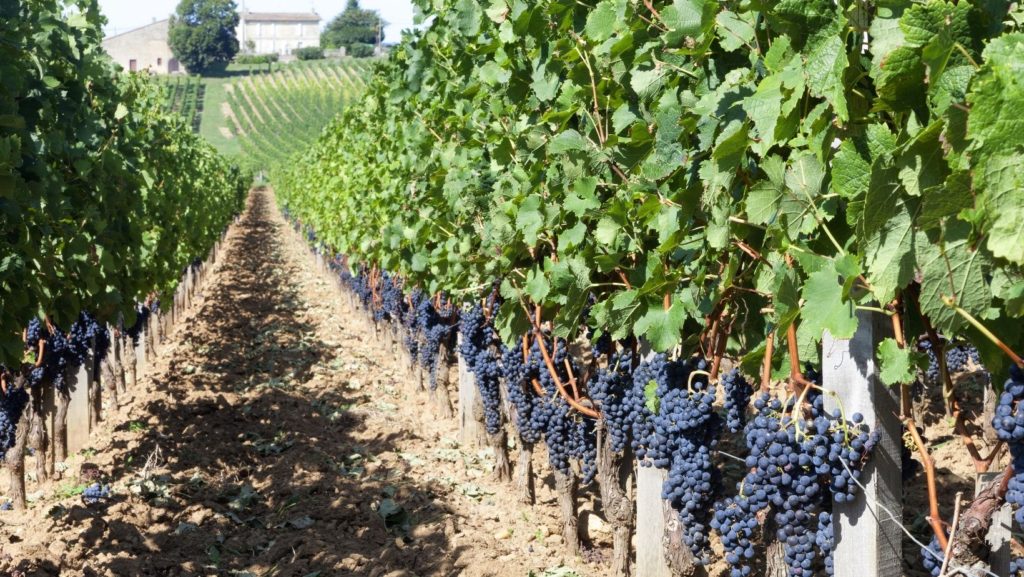
Considered by some to be the world’s wine capital, Bordeaux is the perfect place to start off your French wine tour.
Located in southwestern France along the Garonne river, this region is made up of several micro-regions of vineyards. The area is characterized by beautiful landscapes and small, deeply historic villages surrounding the more modern Bordeaux Metrópolitan area.
There is so much history and culture packed into this city, that part of it is actually classified as a UNESCO World Heritage site.
Bordeaux is known for their great red blends; which are usually made up of Merlot, Cabernet Sauvignon, and Cabernet Franc. These wines are characteristically full-bodied, meant to age, and quite expensive. But some reasonable options to try are the Blanc de Lynch-Bages 2015 Bordeaux Blanc, the Chateau Biac 2010 Cadillac — Cotes de Bordeaux, or the Chateau Boutisse 2016 Saint-Emilion Grand Cru.
A must-see on any wine lover’s list is the nearby village of St. Emillion. St. Emilion is to French wine what Madonna is to pop music: it’s an essential icon. It’s a small commune with old stone buildings, lovely cafes, and even an underground church.
But importantly, it is a very prestigious wine area with hundreds of wine producers, excellent wine, and beautiful châteaux (technically meaning “castle”, but in the wine context it’s more accurately translated as “estate”). If you visit in September, during the harvest season, you can enjoy the local wine festival and learn about the processes of wine production.
Bourgogne (“Burgundy”)
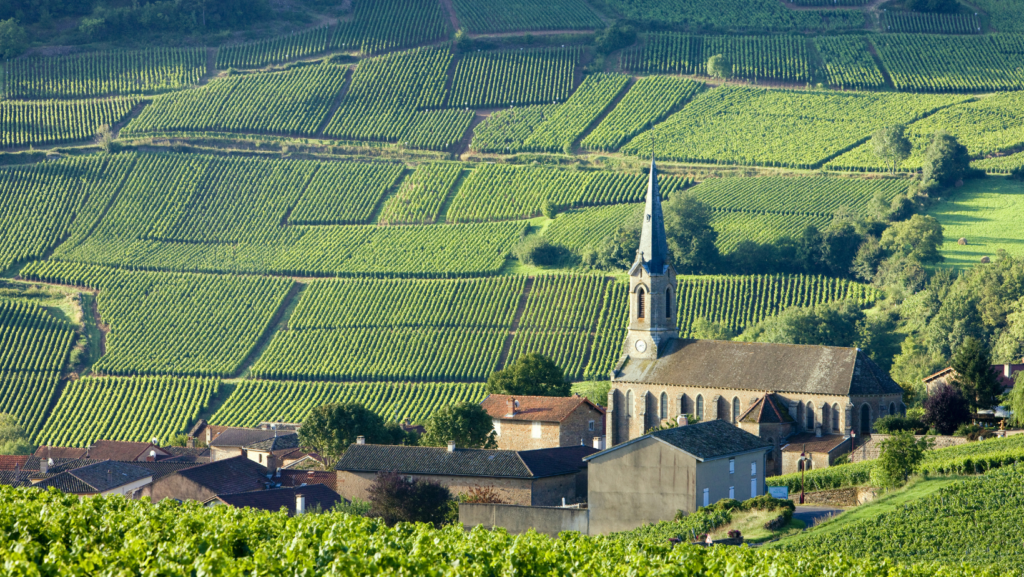
Burgundy probably ranks as number 2 on the list of famous French wine regions, with Dijon as its hub city. The more prestigious wine-growing areas of Burgundy include the Cote D’Or, Cote De Nuits, Cote De Beaune, Cote Chalonnaise, and Beaujolais.
The label of basic Burgundy wines may vary between Rouge (“red”, made mainly with Pinot Noir), Blanc (“white”, made mainly with Chardonnay) or Cremant (Cremant is what the French call sparkling wine that’s not from Champagne).
The better wines vary by the reputation of the Terroir, ranging from your regular table wine to Cru to the Grand Cru wines, produced by the most prestigious vineyards.
Some examples of the top-shelf bottles from this area include the Bouchard Père & Fils Montrachet Grand Cru 2017, the Domaine Faiveley Latricières-Chambertin Grand Cru 2017 and the William Fèvre Chablis Grand Cru Les Clos 2017.
Alsace
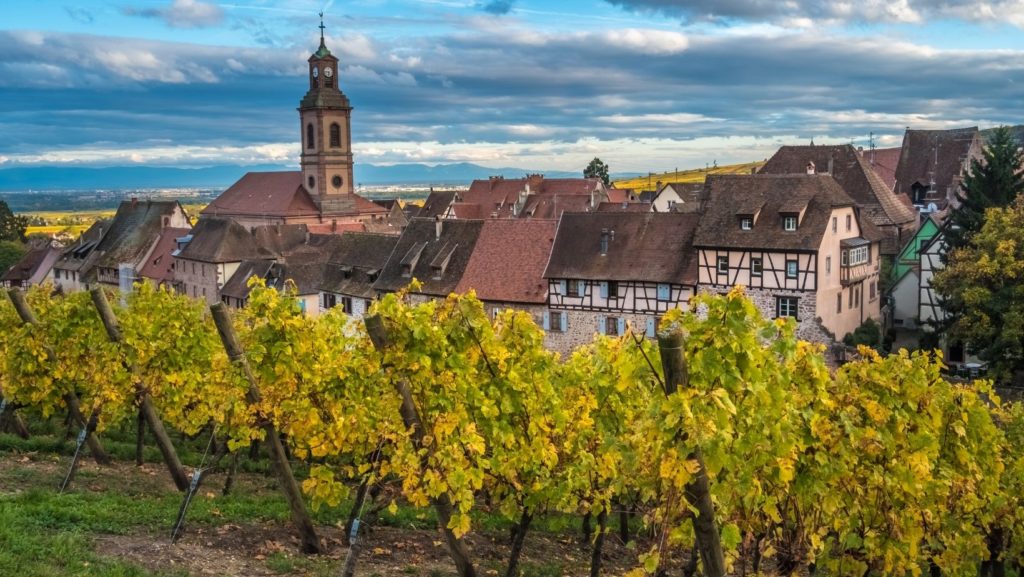
You’ll find Alcase sitting to the far East of France, right on the border with Germany. The region is unique for the stunning (and very touristy) cities of Strasbourg and Colmar, where you’ll notice the German influence on the culture and architecture.
While many people travel to this region in the Winter for the fantastic skiing and picturesque mountain views, you, my dear wine lover, are better to visit in June and July where there are several wine festivals celebrating the region’s rich wine-producing history.
The blend of French and German traditions can also be seen in the wine. Unlike in other parts of France, in Alsace, the type of grapes matter more. They even have a set of varieties called the “noble grapes”, including types as Riesling, Pinot Gris, Gewurztraminer, and Muscat. Make sure to check those out.
Most of the grapes grown in this region are white, but there are a few good red wines. Usually, Alsace wines are slightly more intense and minerally than other types of French wine.
Champagne
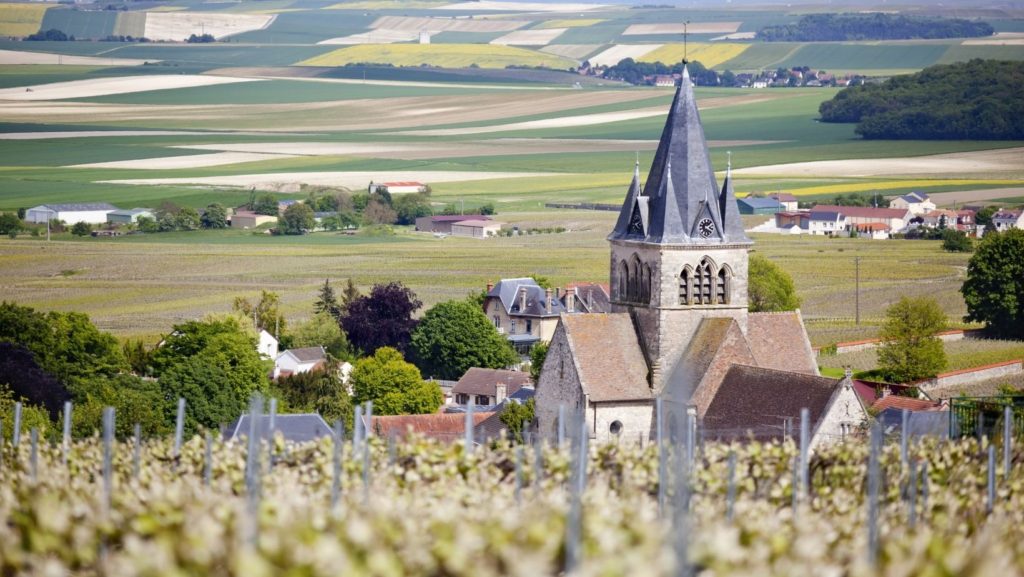
What is a discussion of French wine regions without Champagne?
Champagne, with its crown jewel of a city Reims, is located in the colder northeast of France and is famous for, of course, the fizzy white wine we’re accustomed to sloshing in people’s flutes on New Years’ and at weddings. That sparkling wine is only real Champagne when it’s produced in this region. The rest is simply Cremant.
Along with the particular terroir of the region that gives its grapes a particular set of characteristics, what makes Champagne so special is the way it is produced.
This divine liquid is produced through a traditional process called the methode champenoise. The process is very complicated. It involves an additional fermentation step to other wines and can take up to three years to make.
This complex and exclusive process is what makes these wines so unique—and also more expensive. A few of the more famous Champagne houses are Ruinart, Veuve Clicquot, and Taittinger.
Rhône, Loire, and others
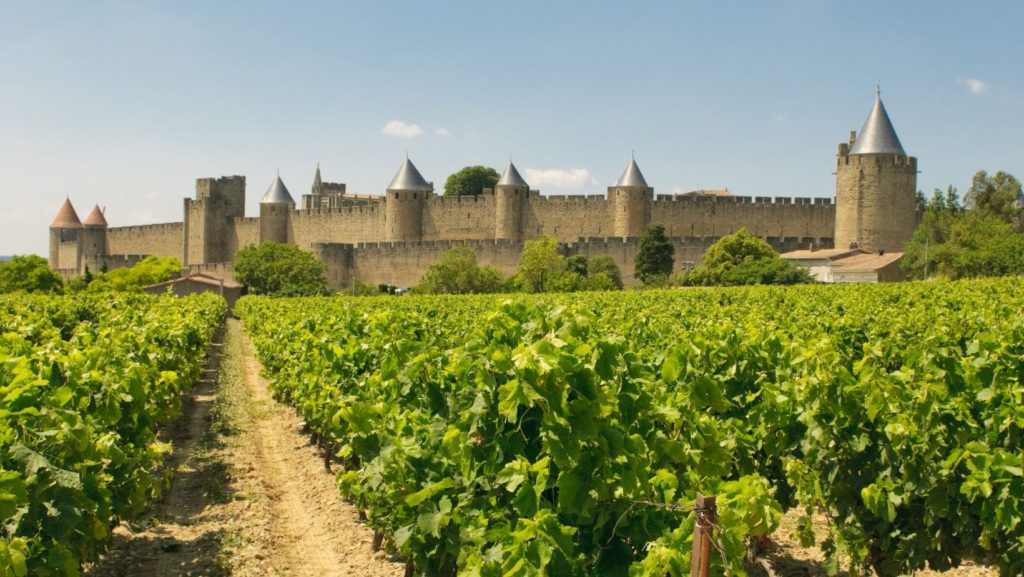
There are several other great regions for wine in France, each one with its own particularities.
The Rhône, for instance, is a wine region divided by the Rhône river into Northern Rhône, which produces great Syrah wines (try St. Joseph or Crozes-Hermitage), and the Southern Rhône, which is sunnier and develops good blends with Grenache and other varieties.
Wines from the Rhône commonly carry the Côte-du-Rhône appellation, but some other villages may simply use their own names on the label. Some of the more famous wine producers from this region are Crozes-Hermitage and Chateauneuf-du-Pape.
Other regions that you may also find some good choices on wine are Loire, Languedoc and Roussillon, Provence, and many others.
Really, the whole country is open to discovery.
How to Visit a French Château or Vineyard
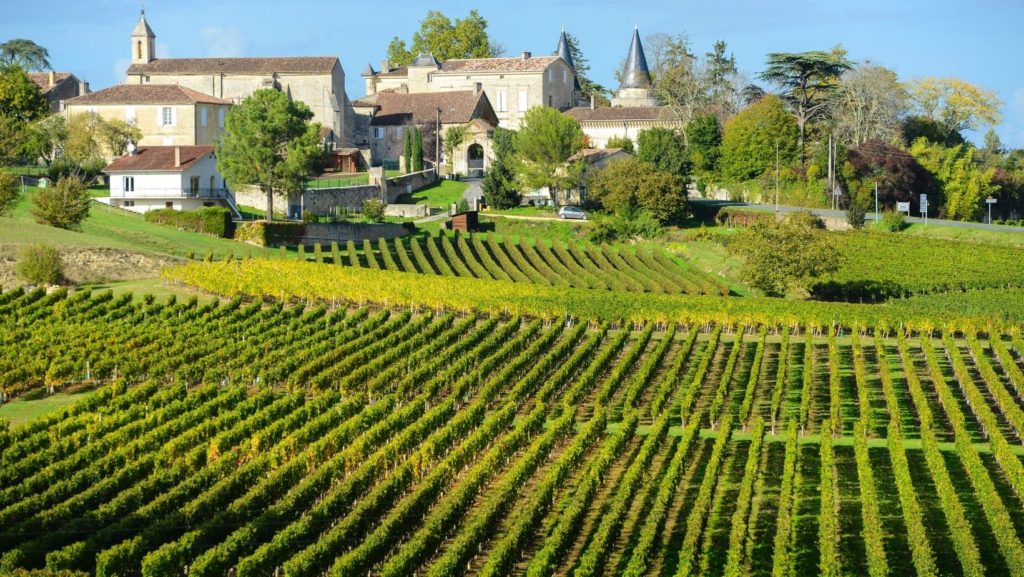
So you know the best regions. Now, how do you actually get in the vineyard and taste the wines?
Here’s how.
Try a Wine Tour
This is probably your most efficient and least intimidating option. Pretty much any tourist information center will have information on a number of local wine tours. They’ll put you on a bus or in a van and drive you around to a few wineries, explain the wine-making process, give you a few samples, and then drive you back to the city.
These are great if you’re short on time and want to just get a quick sense of the local scene.
Time Your Trip For the Festivals
This takes a bit more planning, but most of the wine regions have festivals throughout the year—usually in the summer and fall—where the local chateaux invite you to taste their wines.
You can simply drive up to the vineyard during their opening hours and get a tour. Depending on how popular the château is, you may be in a group, or you may simply be led around by the owner.
If you’re planning to do the festival circuit, make a plan so that you prioritize the vineyards you’re most interested in.
Make an Appointment at a Château
If you’re a super wine fan, this is the option for you.
You can find a number of incredible châteaux that are open to visitors, where you can get to know some of the region’s most famous wines.
For example, Château de Meursault, the Château Margaux, Château Roubine, and the Cattier in Les Roses, are among the must-see châteaux from around the country. Each of them is full of history and stories.
But visiting a château in France is a little more involved than in other countries. Most châteaux are not simply open all the time—you usually have to schedule your visit ahead. You can book an appointment by calling or emailing directly to the château. Some—but not all—have websites that explain how to book.
It can feel a bit intimidating to call but don’t let that stop you. The people are usually very kind. But it is worth brushing up on your French first—many great winemakers in the country don’t speak much English.
Wine Caves
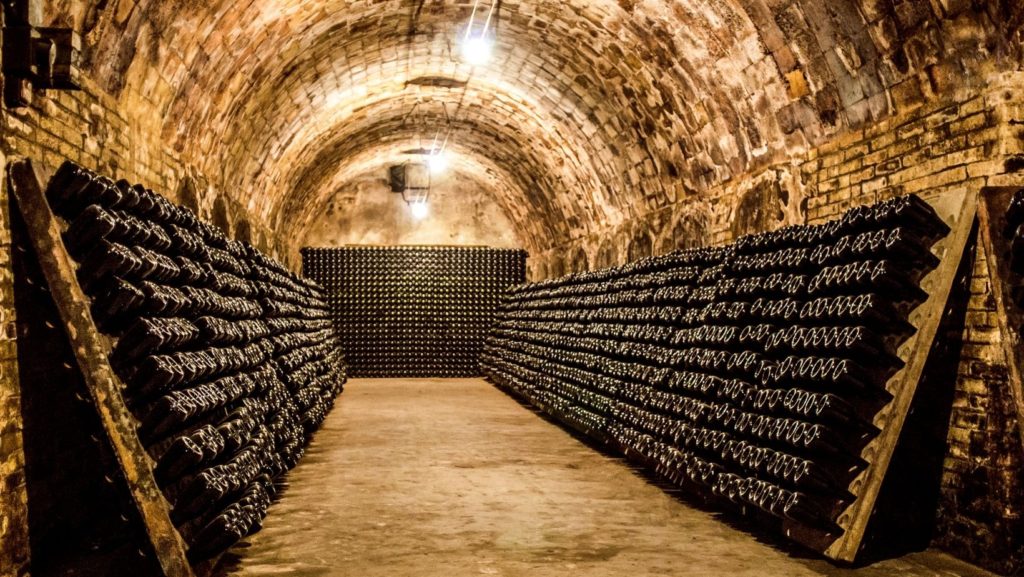
Pronounced like “calves”, a cave isn’t actually a cave, it’s a “cellar.” These little buildings are often found at the side of the road in small communities. They bring together wines from several different vineyards around their micro-region for you to sample and buy.
They’re great because you are usually able to try a number of different wines from the area without traveling to or organizing tours at each of those chateaux. They’re ideal especially in more rural areas with smaller vineyards where it might be harder to contact or organize a tour.
A Wine Tour is Essential
However you do it, if you go to France, don’t miss the opportunity to go on a wine tour. There are lots in Bordeaux, Reims, Dijon, and other major cities in the large wine-producing regions.
You absolutely won’t regret it!
4 Steps to Tasting Wine Like a Pro
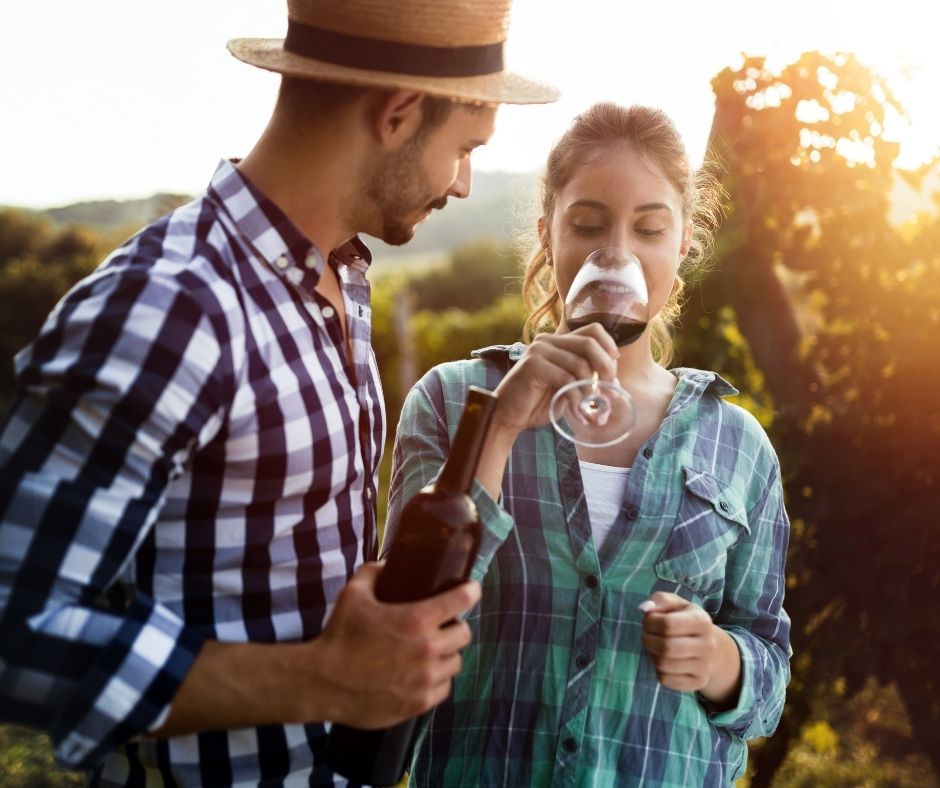
Finally, you need to learn how to properly taste wine before you visit your Château. So here are some tips on that process to help you not look like a newbie:
1. First, look at it.
You want to notice its color and its clarity. Then swirl a little bit in your glass and notice whether it has “legs”—if there are tears dripping slowly down the side of the glass.
“Legs” usually indicate higher alcohol content, a richer texture, and a fuller-bodied taste.
2. Then, smell it.
Swirl your glass again and give it a sniff. Try to identify the flavors you are experiencing: maybe it’s raspberry, vanilla, spicy, citrus, or others.
3. Now, taste it.
Finally, you actually get to take a small sip from your glass and try to identify the body of your wine.
Does it have a light, medium, or heavy body? A wine’s body is how rich and heavy it tastes. It indicates the texture of the wine, its alcohol level, its sweetness, its acidity, and its tannins.
Going further, pay attention to the flavors—do they match with those that you smelled? Or do you taste something new?
After you’ve swallowed, how long the taste lingers on your palate? What do you notice at the end of your sip?
4. Finally, think about it.
Develop an opinion about the wine: how was your experience? Did you like it? Did the wine seem balanced to you?
Share with your friends and see if you had similar thoughts. Everyone’s palate is different, but remember what is really important: to enjoy the moment.
You’re Ready for French Wine!
So that was your tour of French wines—I hope it gives you a small taste of the pleasure you can get from a deep experience with France and its wines.
And hopefully, you now know the basics: you’ve got the vocabulary, you know the regions, and you can taste like a pro.
All that’s left is to learn some basic French, and you’ll be set for the French wine experience of your life.
1 Comment for "French Wine Vocabulary, Regions, Tasting Tips, and More"